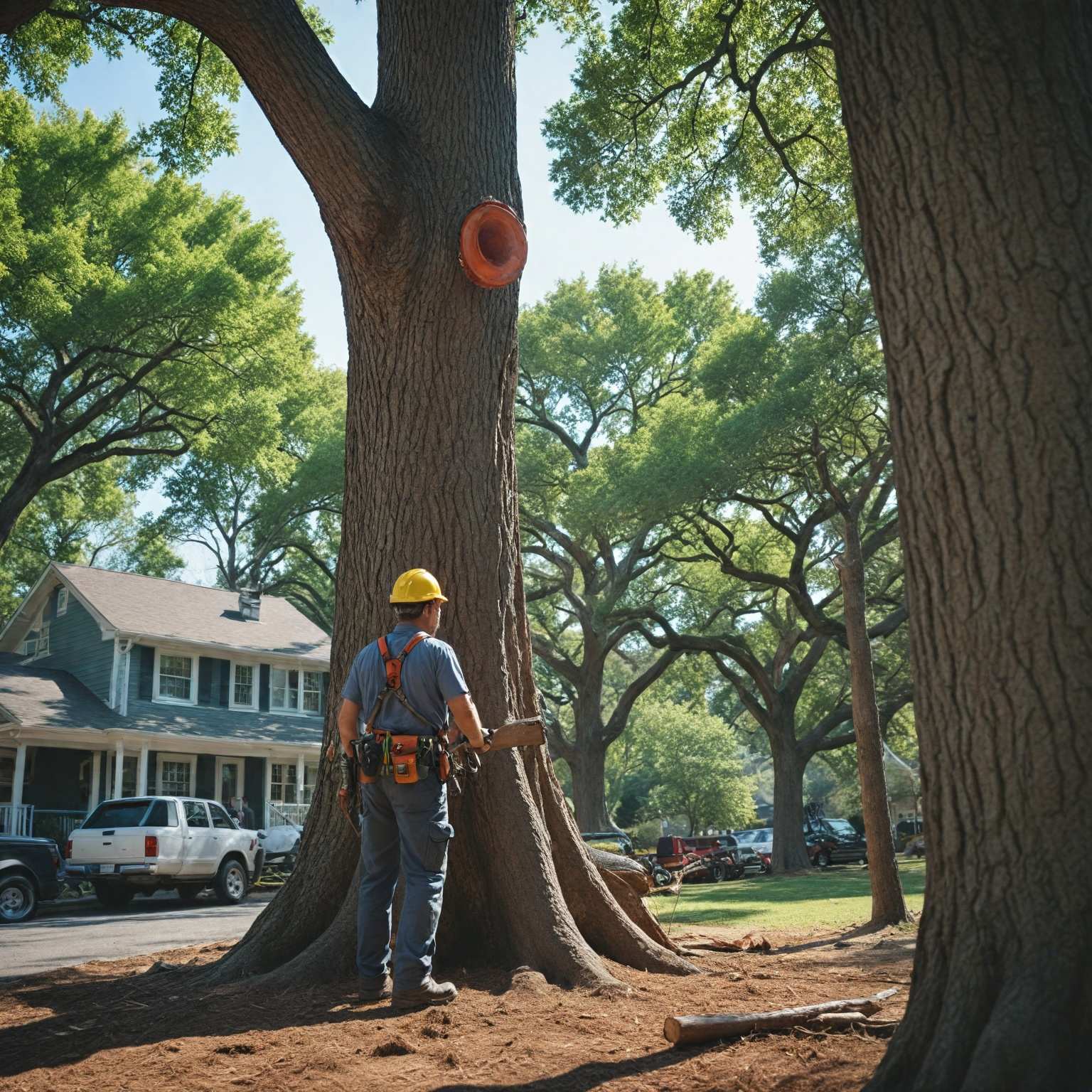Highlights
- Hiring certified arborists ensures safe and effective tree cutting services while minimizing risks to people and property.
- Evaluating company credentials and customer reviews is essential to avoid scams in the tree cutting industry.
- Bundling services and scheduling during off-peak times can lead to cost savings and improved service quality.

Summary of Tree Cutting Services
Tree cutting services include pruning, trimming, and removal to maintain tree health, ensure safety, and protect property. These tasks range from routine maintenance to high-risk tree felling and require certified professionals with specialized equipment. Safety protocols and certifications from organizations like ISA and compliance with OSHA standards are essential. Costs vary based on tree size, location, health, and urgency, with emergency removals typically costing more. Selecting reputable companies with verified credentials, clear quotes, and good reviews is crucial to avoid scams and ensure quality service. Environmental responsibility and adherence to local regulations further contribute to safe and effective tree care.
Types, Processes, and Professional Standards
Tree cutting services cover pruning (removing dead or diseased branches), trimming (shaping and thinning crowns), and removal (complete tree felling). Removal requires expert planning to control the fall and avoid damage. A thorough assessment of tree health, size, and site conditions precedes any work. Certified arborists, accredited by bodies such as the ISA, provide expert knowledge tailored to species and local conditions. Costs depend on tree size, location, accessibility, and additional services like stump grinding, with seasonal timing affecting pricing. Avoid door-to-door contractors and seek companies with proven safety records and credentials.
Qualifications, Techniques, and Equipment
Certified arborists and trained tree care professionals hold credentials demonstrating their expertise and safety knowledge, including ISA certification and safety training like aerial rescue and first aid. Techniques include selective pruning to promote growth, crown reduction, thinning, and full tree removal using controlled cuts and rigging equipment. Tools range from hand pruners and chainsaws to rigging ropes, pulleys, and lowering devices. Adherence to strict safety protocols and use of proper personal protective equipment are standard to minimize risks. Professional equipment and training ensure efficient, safe operations.
Cost Factors and Additional Services
Costs are influenced by tree size, species, location, accessibility, health, and urgency. Larger or hard-to-reach trees near structures or power lines require more labor and equipment, increasing price. Additional services like stump grinding, debris cleanup, and wood chipping add to costs, though bundling can provide savings. Off-peak seasons offer lower rates, while emergency removals demand premium prices. Reputable companies also manage permits and comply with regulations, which may affect pricing. Comparing detailed quotes and confirming included services help avoid unexpected fees.
Finding and Evaluating Tree Cutting Services
Seek recommendations and check online reviews to identify reputable providers. Verify licensing and insurance by obtaining certificates directly from insurers. Avoid door-to-door solicitors and suspiciously low or high bids. Request multiple detailed written quotes with itemized costs and scope of work. Prioritize companies with certified arborists, safety records, and memberships in professional associations like ISA or TCIA. Ask about experience, equipment, safety protocols, and methods. Scheduling during off-peak seasons and bundling services can reduce costs. A professional arborist’s assessment ensures safe and effective tree care.
Safety, Environmental, and Regulatory Considerations
Tree cutting involves significant risks requiring strict safety measures, including proper equipment and trained personnel to prevent accidents and fatalities. Assessing tree stability and site conditions is essential. Responsible companies use sustainable pruning to promote tree health and handle debris cleanup and stump removal, clarifying any extra costs. Compliance with local permits and insurance protects clients from liability. Choosing professionals who follow OSHA regulations and carry liability and workers’ compensation insurance enhances safety and environmental stewardship.
The content is provided by Jordan Fields, Fact-Nest












